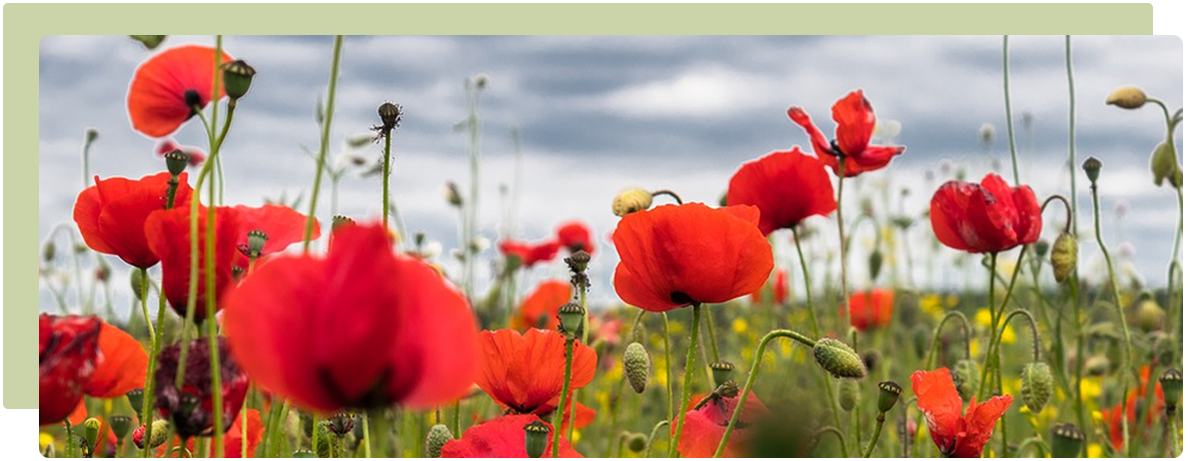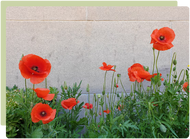Posted by by the Gubba Team
13th Apr 2022
Growing Anzac Poppies

Poppies are a stunning feature in winter & spring gardens, with the classic red ‘Anzac’ poppy (Flanders poppy) serving as an emblem of remembrance to those who served in WWI & following wars.
But how did the poppy become such a symbol? During the spring of 1915 in Northern France, masses of scarlet poppies began popping up across desolate battlefields - often they were the only plants to grow in the broken up soil. Canadian surgeon John McCrae penned the poem In Flanders Fields, inspired by these poppy fields and creating a lasting symbolic memorial to those who had fallen.
Following this, handmade silk poppies were sold to raise money for war veterans, and in 1921 Allied countries recognised the first Poppy Day on Armistice Day; November 11th, 1921. New Zealand also placed an order for these silk poppies with the intention of wearing them for Armistice Day, however when the shipment was delayed our Poppy Day was recognised on the 24th of April instead - and it's been that way ever since.
Quite fittingly, sowing poppies on Anzac Day here in NZ means they will flower around Armistice Day in November.
Sowing your seeds
In mild climates, these beloved blooms are ideally sown in autumn. You’ll want to select a sheltered, sunny spot in the garden with well-draining soil. Anzac/Flanders poppies don’t tolerate being transplanted, so you’ll want to sow them directly into the garden bed.
For an even spread of blooms, you can mix your poppy seed with a handful of sand before sowing. This also ensures they aren’t planted too thickly. Sprinkle the mix over your seed bed and cover with a very light layer of soil (or seed raising mix if you have it), ensuring they are still exposed to some sunlight. Keep the soil moist for about 2 weeks or until germination.


























